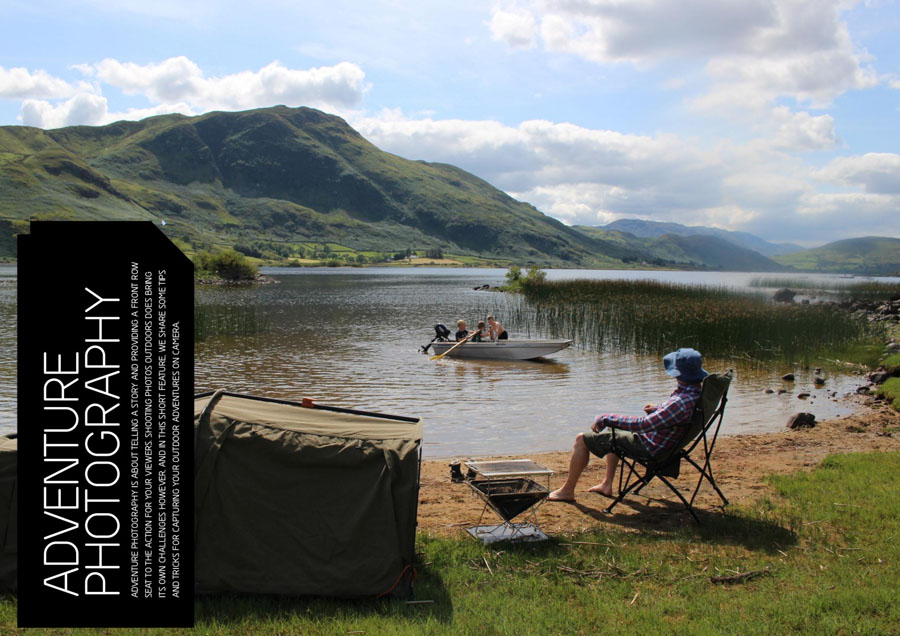 They say that a picture paints a thousand words, and at TURAS we believe there is truth in this old proverb. Photography is obviously a big part of the magazine. For us, travel and adventure photography is about telling a story.
They say that a picture paints a thousand words, and at TURAS we believe there is truth in this old proverb. Photography is obviously a big part of the magazine. For us, travel and adventure photography is about telling a story.
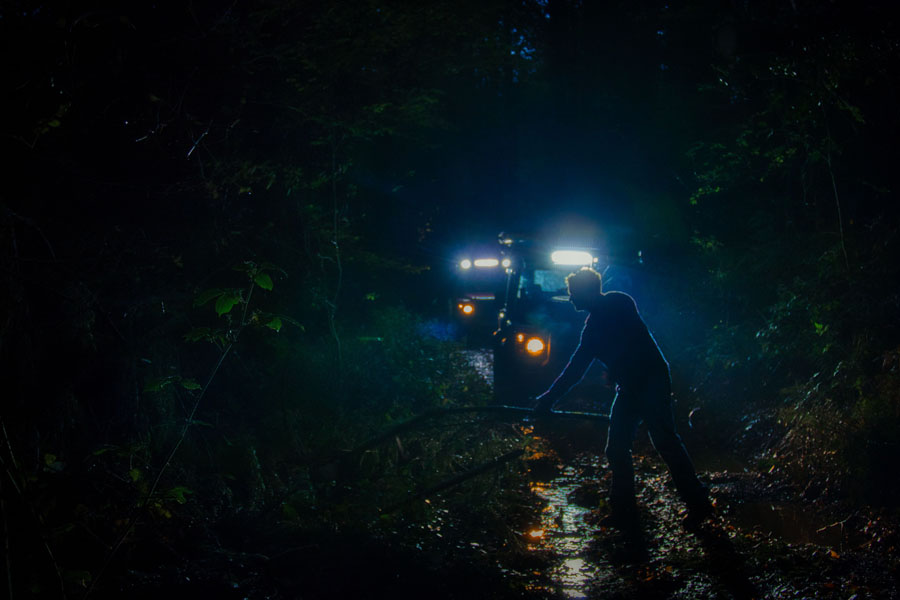
Look out for interesting silhouettes after dark
Photographic technologies have never been better, lighter or more robust. There is a very wide range of equipment available from the humble smartphone camera to very expensive digital SLR and video cameras. However another old adage is also true, that ‘it’s not so much about the tools as how you use them’. And with that in mind we thought we would briefly share some tips with you on getting the most out of your outdoor travel photography, some things to do , and some not to do, that could help to help improve your images.
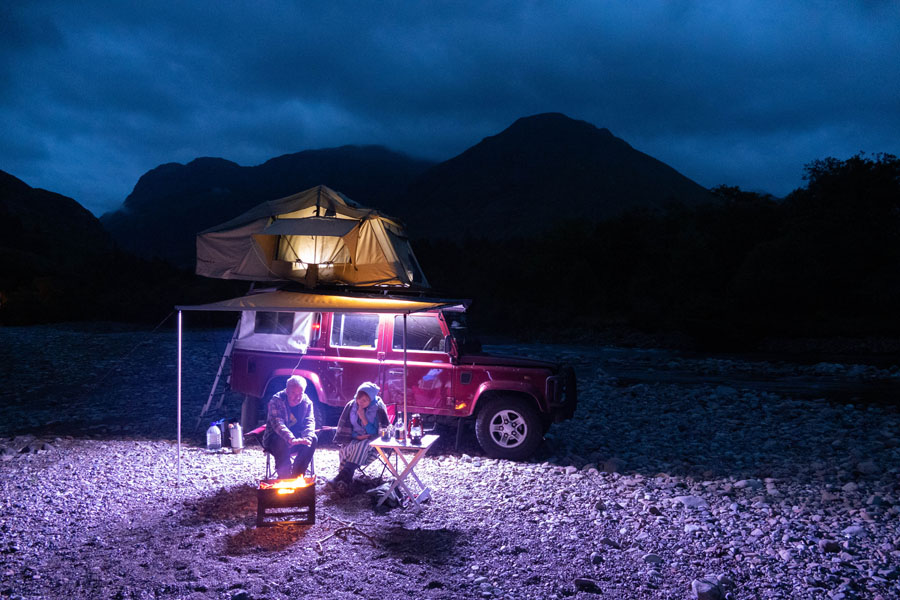
Long exposures add detail after dark
All good images tell a story, and sequences of images more so, but your photos should also be well composed, well exposed and interesting. Composition is primarily important, one simple rule for improving your composition in general is to divide your image into nine equal squares in a grid and to locate important elements in the photo along these lines or at their intersections.
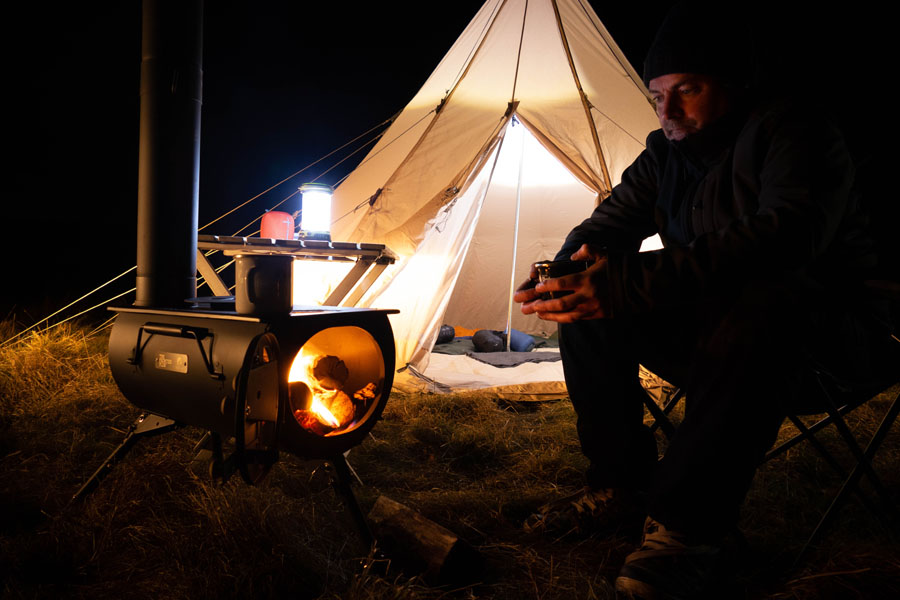
Artificial lighting can add atmosphere
A tripod is a very useful tool to have on photoshoots and can enable a wide range of options for both photography and videography, timelapse photography and long exposures being two of these. Long exposures can look great in the night and add real atmosphere to images.
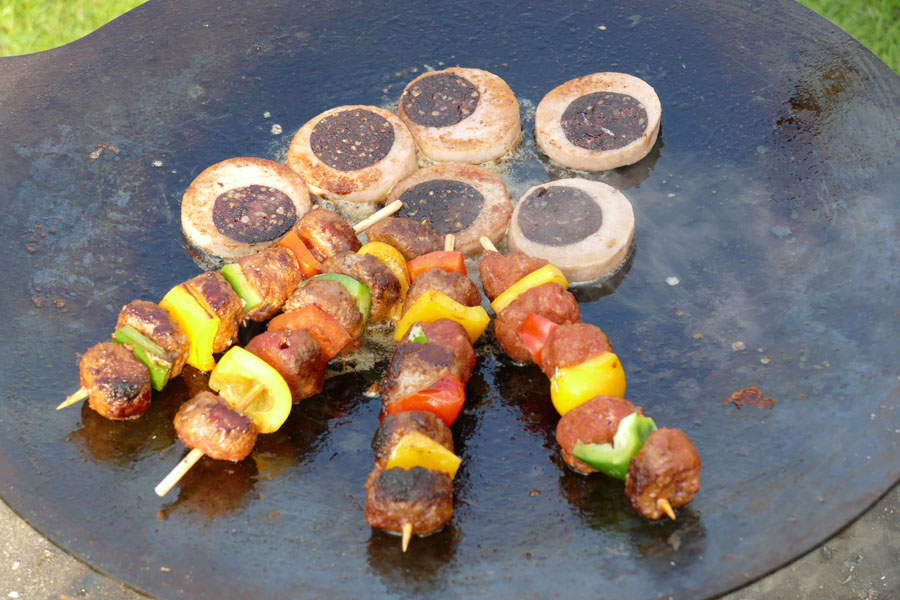
Food looks good in close up
A neutral density filter is a great option.These filters, which screw onto the lens of your camera , reduce the amount of light getting to the camera sensor and allows you to use wider apertures and longer shutter speeds than would normally be possible in daylight conditions.
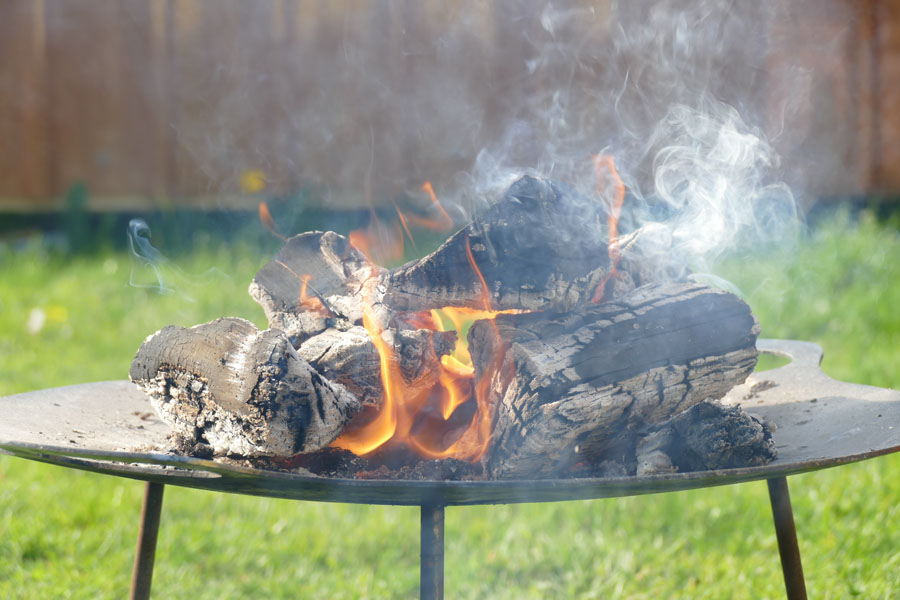
Depth of field helps to focus on the subject
These filters can add multiple ‘stops’ of exposure to your image. This enables you to use wider apertures, thereby reducing your depth of field and giving the images that are the focus of your shot a nice blurry background, this also causes the viewer to really focus on the subject.
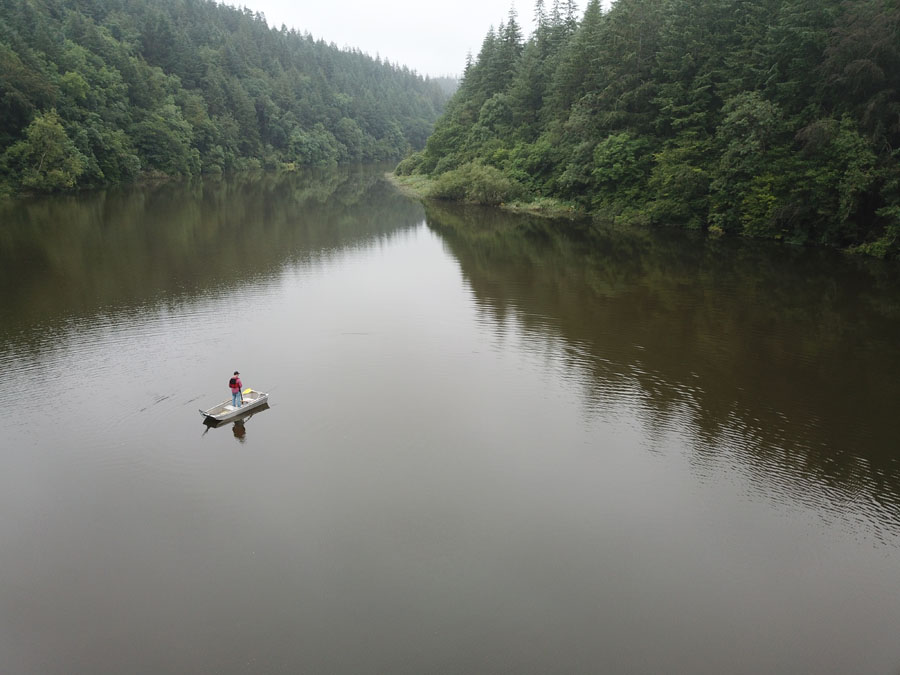
Composition is key
With these filters on your camera, you can also reduce the shutter speed, which can look great when you are shooting moving water for example, as it blurs the motion of the water and creates a very dramatic image. Narrow apertures are great for landscape photography as they ensure that all of the image from the foreground to the horizon all remains in focus. F/8 and F/11 are some great aperture settings for landscapes.
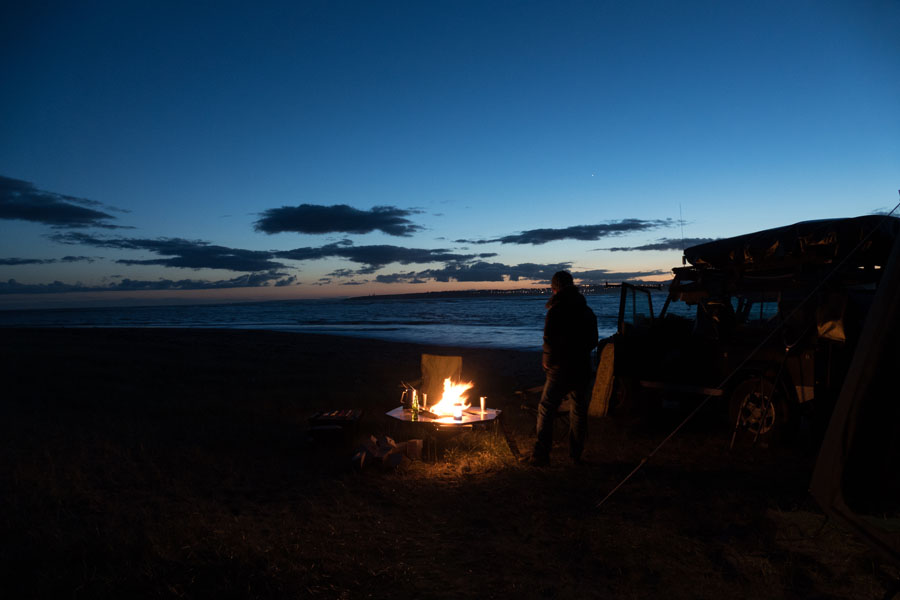
The sky can Look great just after sundown
Taking photos from unique or different angles can also make them more striking, for example from a very low or a high perspective, photos taken straight on tend to be less interesting.
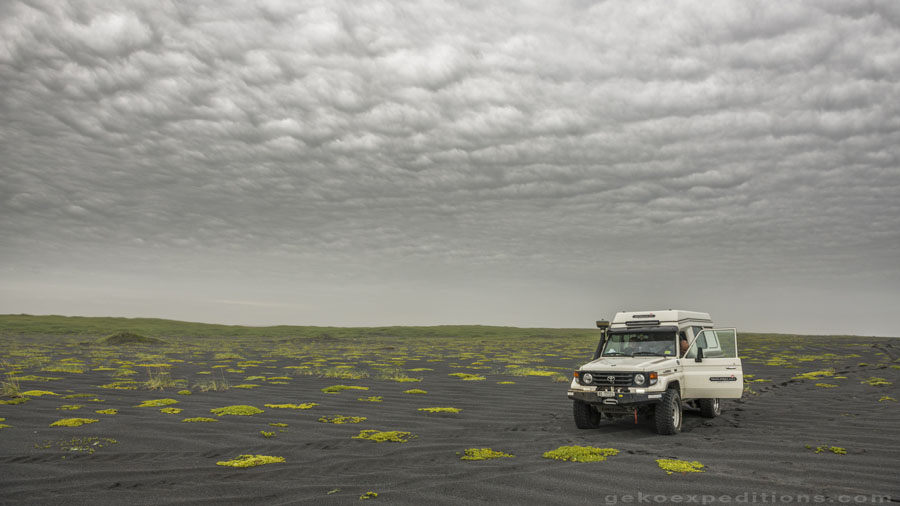
Use a subject to add focus to a landscape
You can look for reflections in the water of the landscape or of the sky, our eyes are drawn to reflections. Silhouettes can also be very interesting and attractive and can also be quite artistic images. We take lots of photographs of our camp cooking sessions for the magazine and food cooking over your campfire can look great, and hopefully delicious also, particularly in close up images.
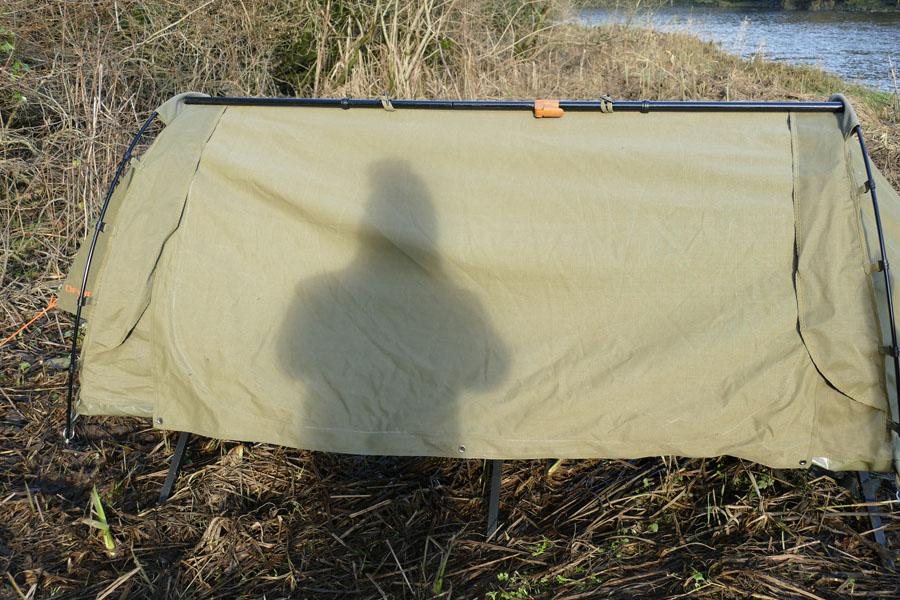
Be careful not to capture your own shadow
When shooting outdoors, there are a few things you can do to ensure that more of your images are quality. Some of these are obvious but, nonetheless are important to remember. Try to avoid shooting into the light/into the sun as this can create harsh images and shadows and lens flare.
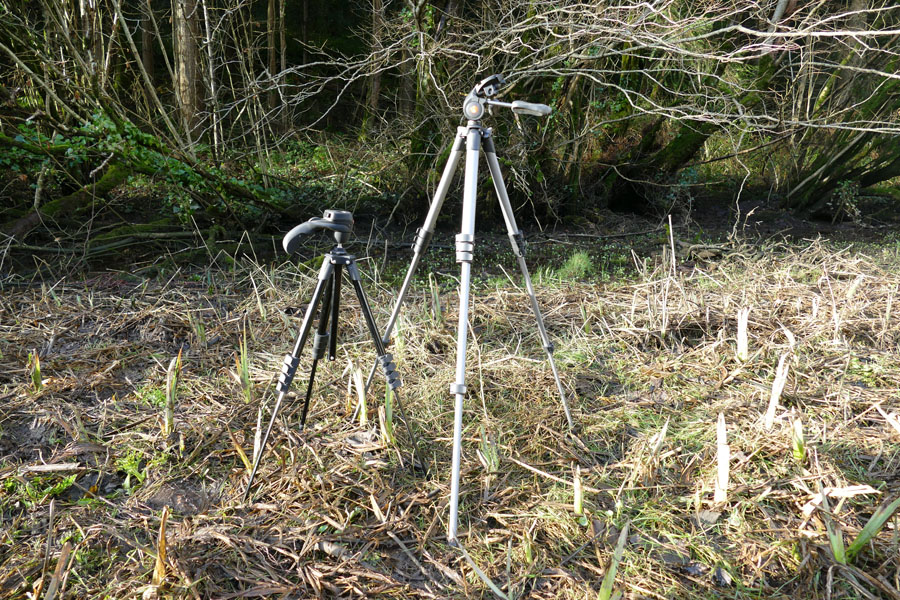
Use a tripod when you can
Use a lens hood to shade your lens from the sun if you can, as this will reduce lens flare. Try to avoid capturing your own shadow in your images, sometimes the sun can cast long shadows, and you are best to remain far enough away that your shadow is not captured (unless you want to capture it of course).
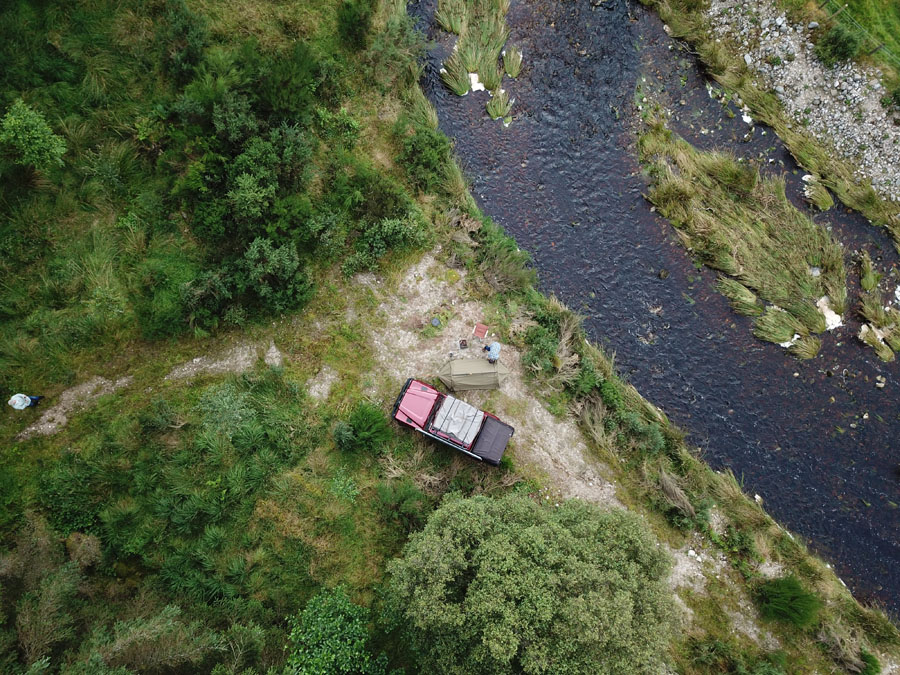
When shooting drone photography, try to avoid capturing the pilot in your images
Similarly for drone photography, try not to capture the pilot in the shots, and have them stand far enough back to be out of the frame, or else be obscured by something overhead like the branches of a tree or a vehicle awning.
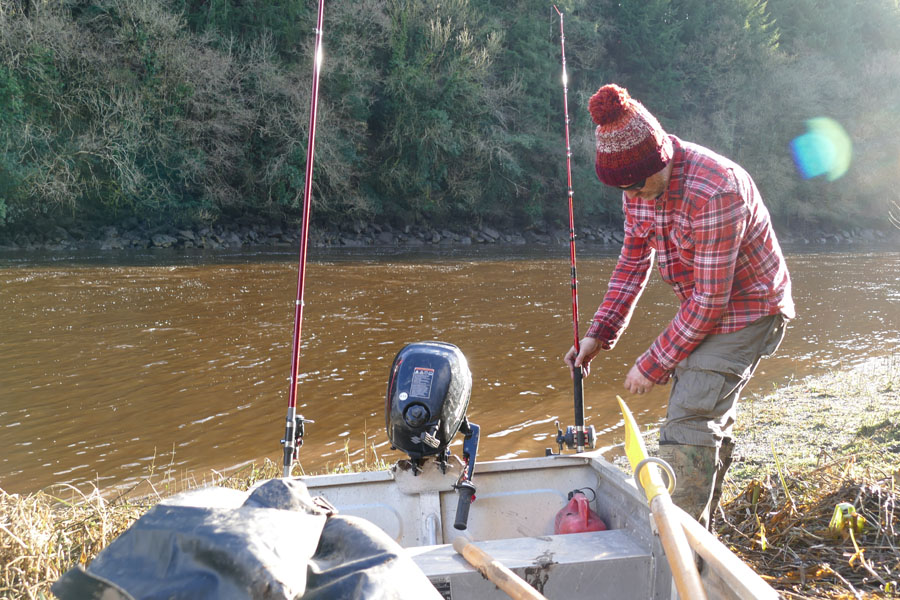
Use a lens hood to prevent lens flare
As you get used to your camera we would encourage you to experiment with manual mode. Most cameras have this mode, that allows you to manually set your aperture, shutter speed and film/sensor speed.
You can use your camera’s built-in light meter to ensure that your selected combination of settings is correctly exposed. For example, in daylight, a very wide aperture will normally need a very fast shutter speed (unless you are using a neutral density filter to reduce the light getting to the sensor).
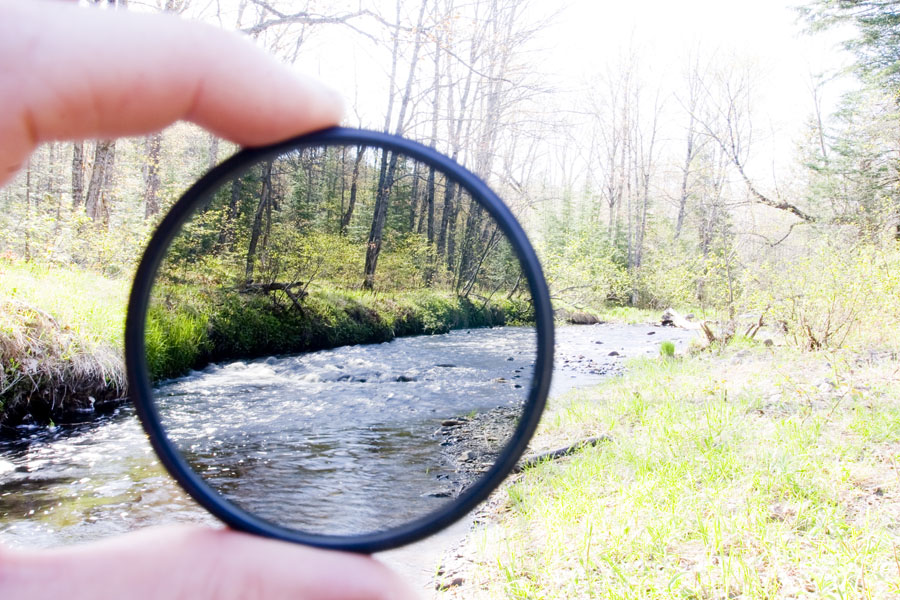
A neutral density filter can reduce your exposure several stops and allows for wider apertures in bright light
These are some very high level tips, which we hope you will find useful, and we will have some more features on photography in future issues of the magazine.

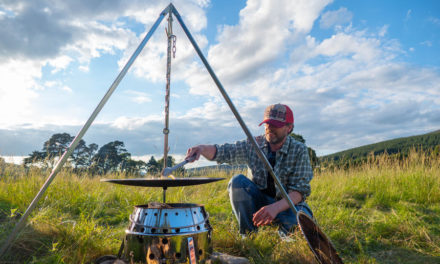
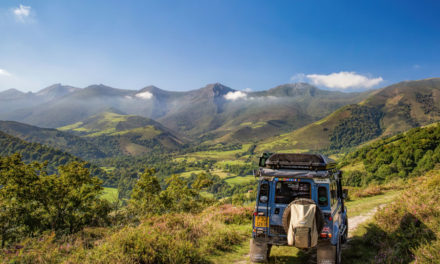
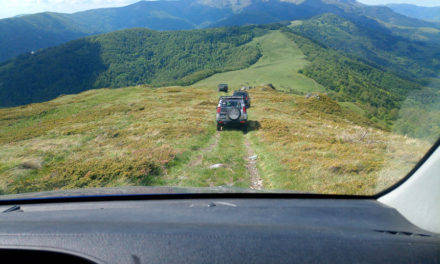
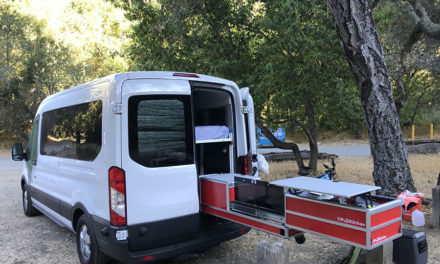
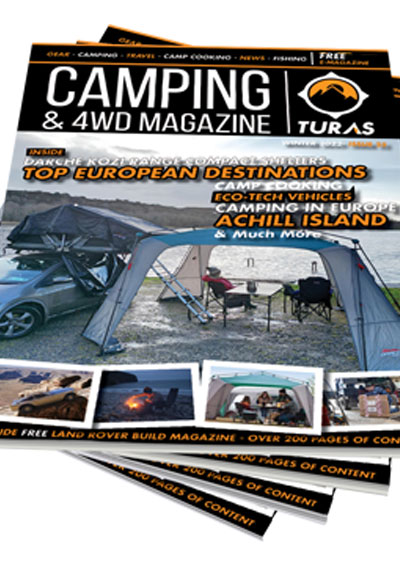

Recent Comments